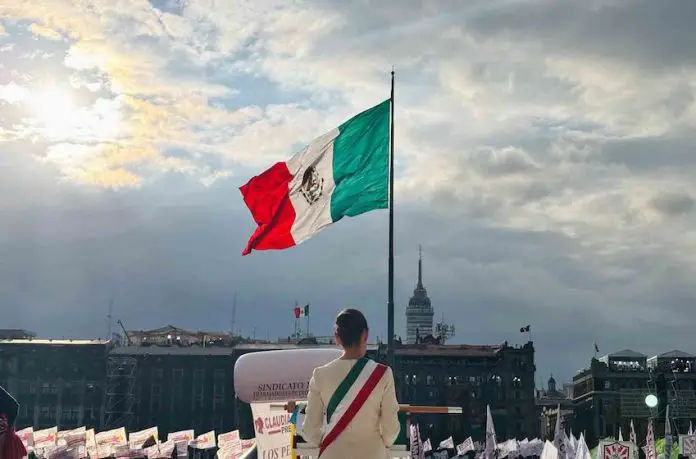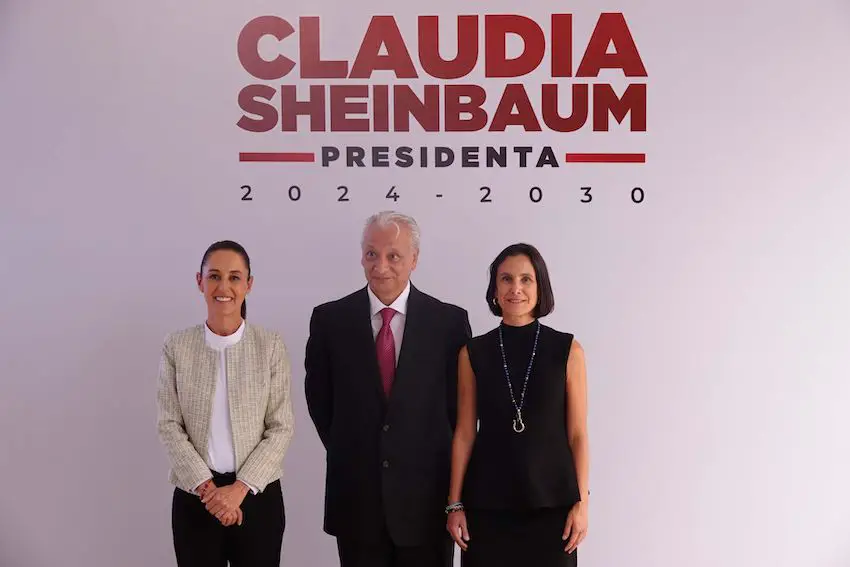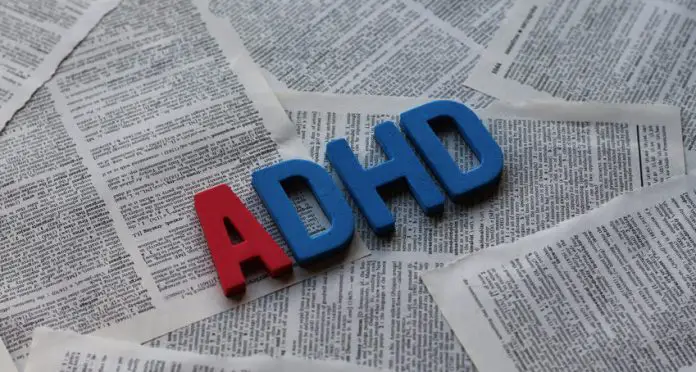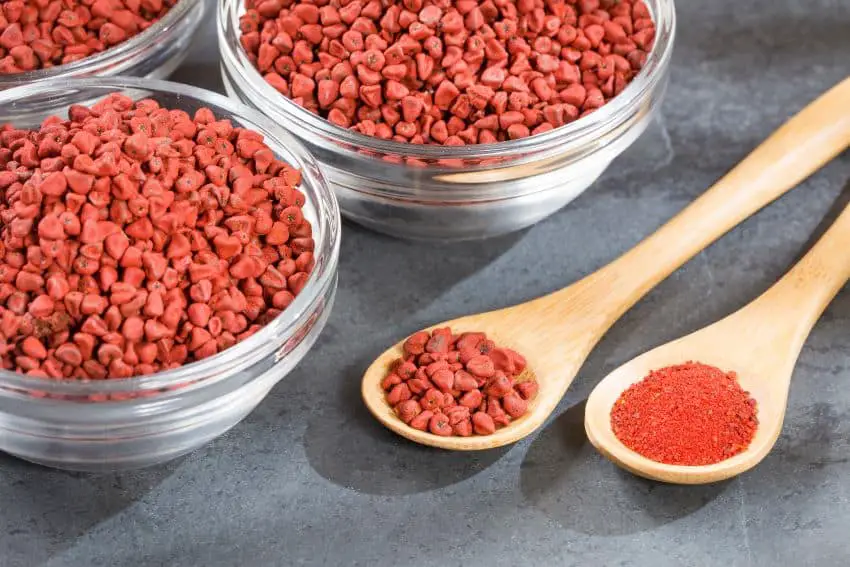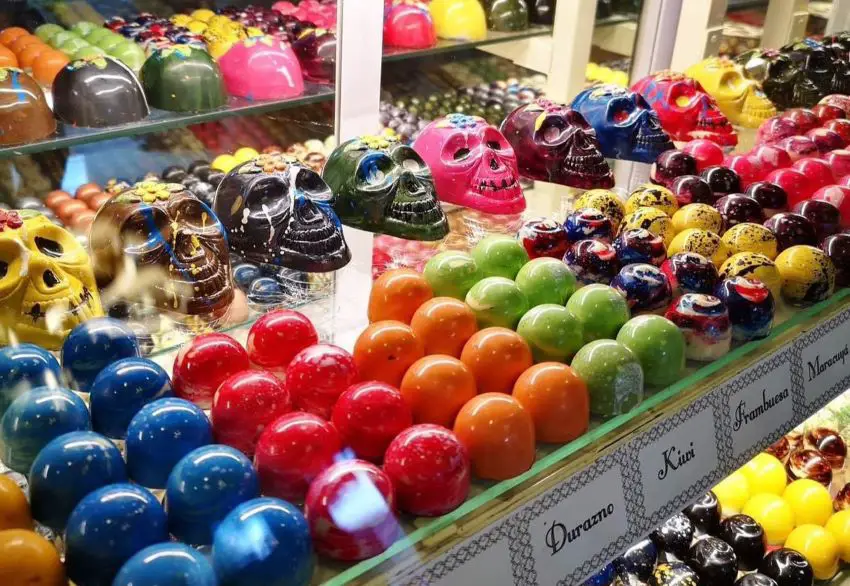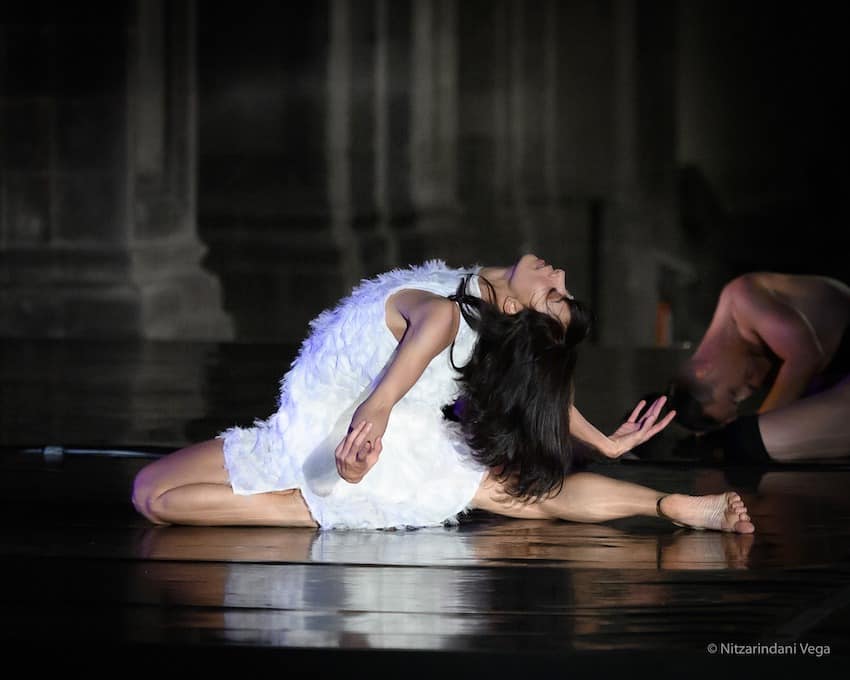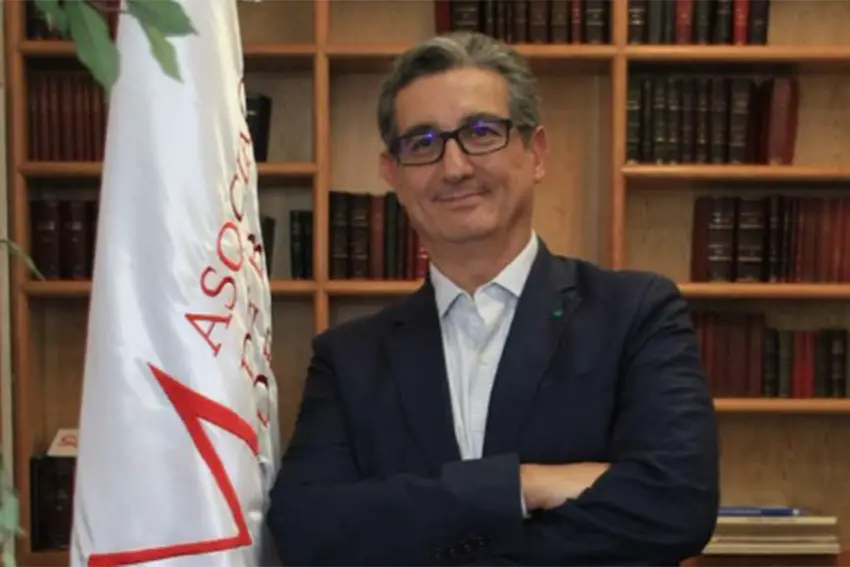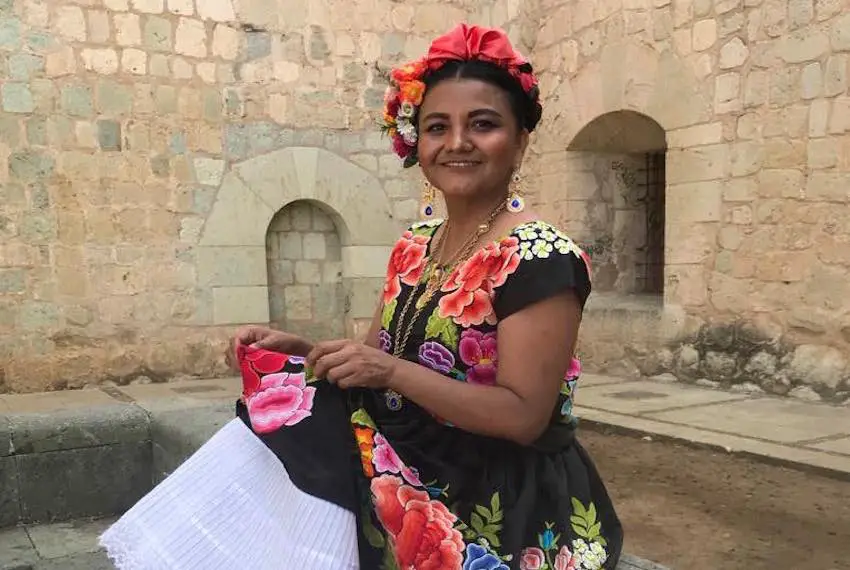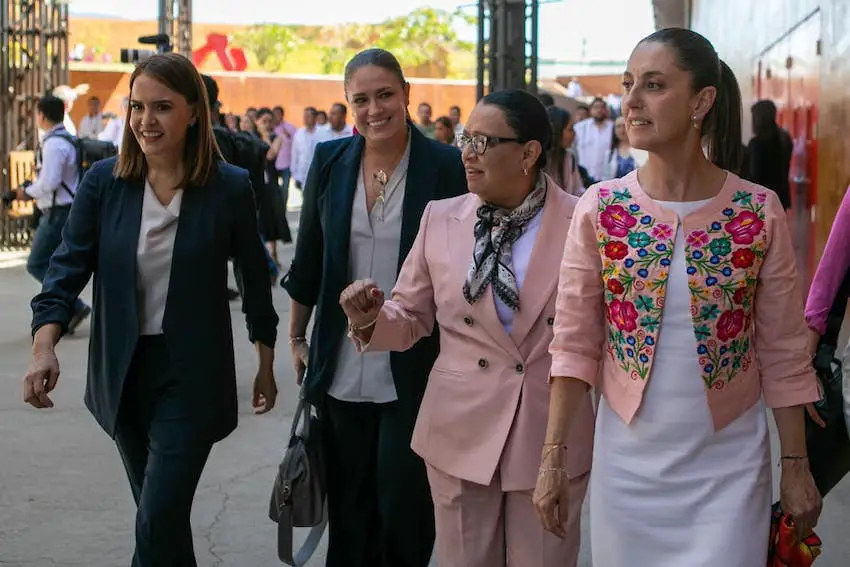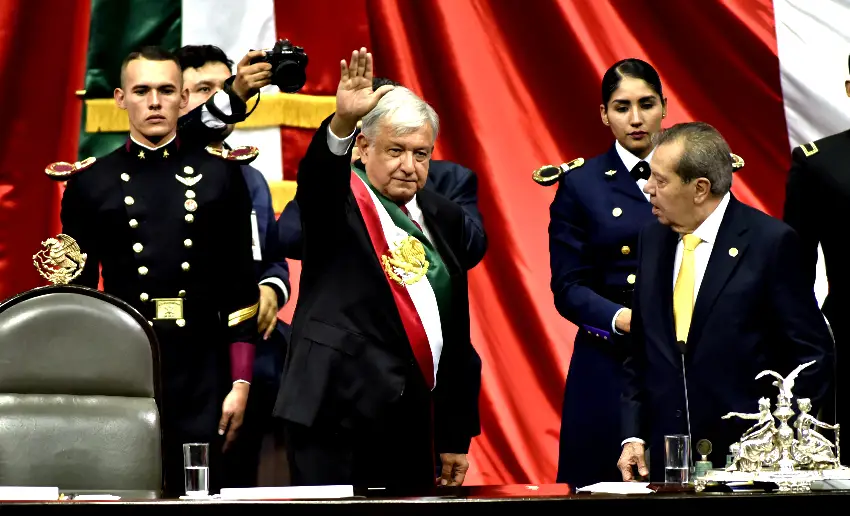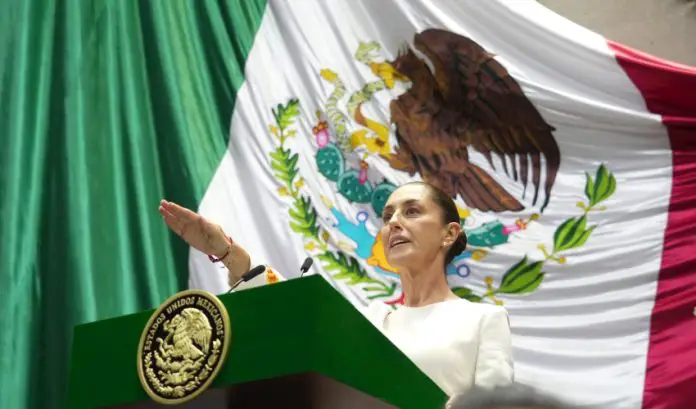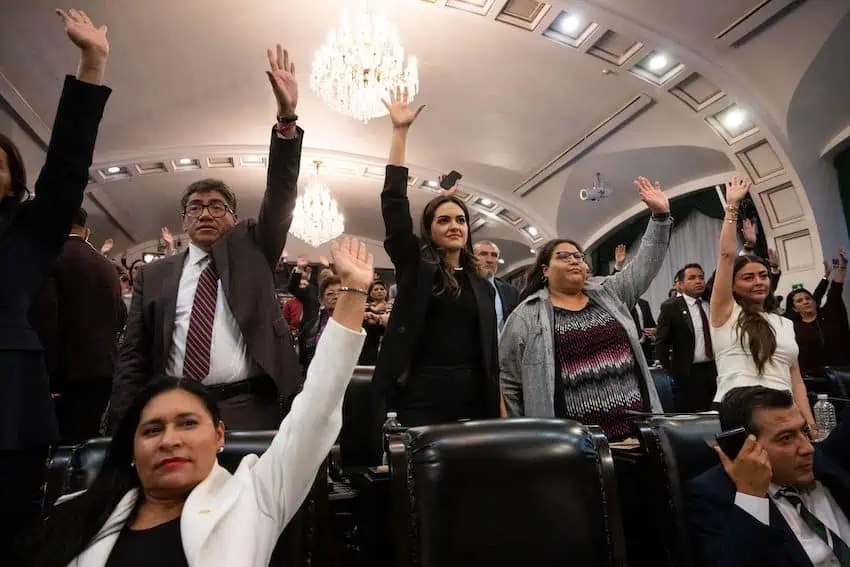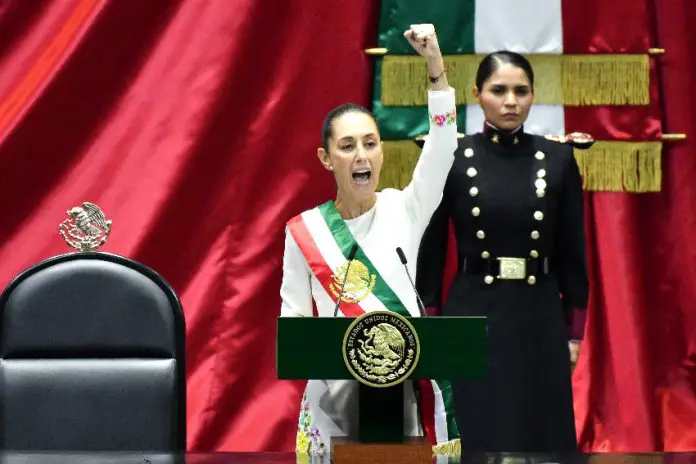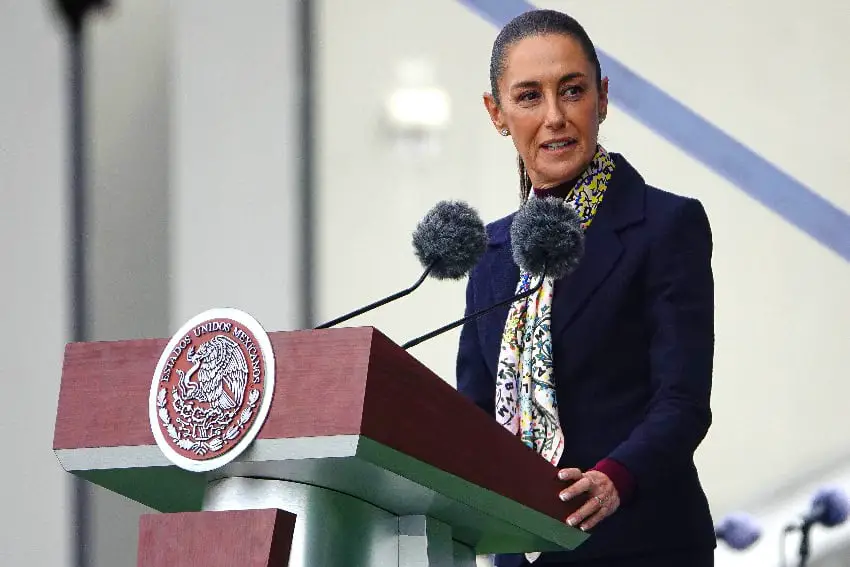The issue of illegal immigration to the United States via Mexico was a significant point of contention between U.S. Senator JD Vance and Minnesota Governor Tim Walz during their vice presidential debate in New York on Tuesday night.
CBS News journalist Margaret Brennan told Vance, the Republican Party’s nominee for vice president, and Walz, the Democratic Party’s VP pick, that “the crisis at the U.S.-Mexico border consistently ranks as one of the top issues for American voters.”

She specifically asked Vance about Donald Trump’s “mass deportation plan” for undocumented migrants, but before the 40-year-old senator responded to that question, he chose to go on the attack.
Vance blames Harris for ‘historic immigration crisis’
“Before we talk about deportations, we have to stop the bleeding,” Vance said.
“We have a historic immigration crisis because Kamala Harris started [it] and said that she wanted to undo all of Donald Trump’s border policies. Ninety-four executive orders suspending deportations, decriminalizing illegal aliens, massively increasing the asylum fraud that exists in our system – that has opened the floodgates,” he said.
“And what it’s meant is that a lot of fentanyl is coming into our country.”
Vance asserted that the U.S. government needs to “re-implement Donald Trump’s border policies, build the wall [and] re-implement deportations.”

“And that gets me to your point, Margaret, about what do we actually do? So we’ve got 20, 25 million illegal aliens who are here in the country. What do we do with them? I think the first thing that we do is we start with the criminal migrants,” he said.
“About a million of those people have committed some form of crime in addition to crossing the border illegally. I think you start with deportations on those folks, and then I think you make it harder for illegal aliens to undercut the wages of American workers,” Vance said.
Walz defends the US vice president
The 60-year-old Minnesota governor began his remarks on the immigration “crisis” by rejecting Vance’s assertion that some migrant children in the United States “have been used as drug trafficking mules.”
“The drug mule [claim] is not true,” Walz said.
Vance subsequently said that he was in fact referring to Mexican drug cartels’ use of children as drug mules.
Walz, meanwhile, pointed out that Harris served as attorney general of California before entering federal politics.
He asserted that she is the only person contesting the Nov. 5 presidential election “who prosecuted transnational gangs for human trafficking and drug interventions.”
The Democratic Party VP nominee went on to accuse Trump of thwarting what he described as “the fairest and the toughest bill on immigration that this nation’s seen,” legislation considered by the U.S. Congress earlier this year.
“It was crafted by a conservative senator from Oklahoma, James Lankford. … The Border Patrol said, ‘this is what we need.’ … Fifteen hundred new border agents, detection for drugs. … Just what America wants. But as soon as it was getting ready to pass and actually tackle this [crisis] Donald Trump said ‘No’ – told [Republicans] to vote against it because it gives him a campaign issue,” Walz said.
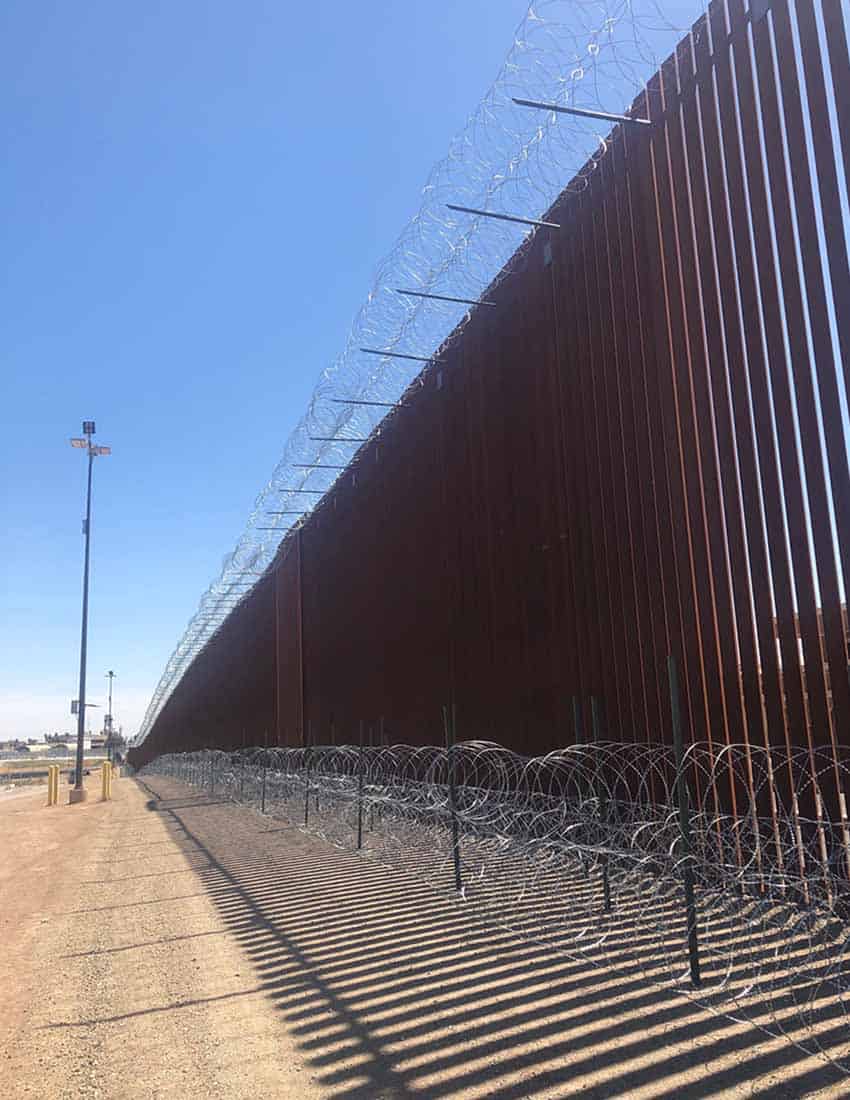
Walz: ‘Mexico didn’t pay a dime’ for border wall
Walz also took aim at Trump for what he characterized as the former president’s failure to fulfill his promises on immigration-related issues.
“Donald Trump had four years. He had four years to do this. And he promised you, America, how easy it would be. I’ll build you a big, beautiful wall and Mexico will pay for it. Less than 2% of that wall got built and Mexico didn’t pay a dime,” he said.
“But here we are again, nine years after he came down that escalator, dehumanizing people and telling them what he was going to do. As far as a deportation plan, at one point, Senator Vance said it was so unworkable as to be laughable. So that’s where we’re at.”
Vance: Trump will solve the immigration crisis
Vance’s attacks on Harris over immigration were relentless.
“The only thing that … [Harris] did when she became the vice President, when she became the appointed border czar, was to undo 94 Donald Trump executive actions that opened the border,” said Vance, a senator for Ohio, former corporate lawyer and author of a bestselling memoir about “a family [his] and a culture in crisis.”
“This problem is leading to massive problems in the United States of America. Parents who can’t afford health care, schools that are overwhelmed. It’s got to stop, and it will when Donald Trump is president again,” he said.
Walz was critical of the practice of “blaming migrants for everything” and continued to advocate the approval of the immigration bill that “law enforcement … asked for.”
Vance claims that ‘illegal guns’ are entering the US from Mexico
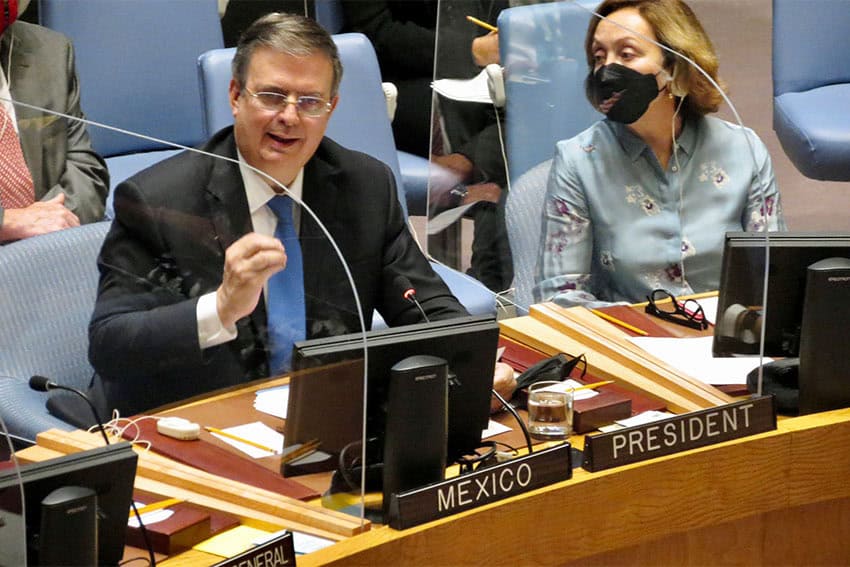
CBS News’ Norah O’Donnell asked the VP nominees whether holding parents responsible for gun violence committed by their underage children “could curb mass shootings.”
During his response, Vance said that “the gross majority” of gun violence in the United States “is committed with illegally obtained firearms.”
“And while we’re on that topic, we know that thanks to Kamala Harris’s open border, we’ve seen a massive influx in the number of illegal guns run by the Mexican drug cartel,” he said
Journalists José Díaz Briseño and Ioan Grillo took to the X social media platform to respond to Vance’s claim.
“In a sort of tongue twister, J.D. Vance ends up suggesting that Mexican cartels are the source of firearms in the U.S. when in reality it is American gun stores that sell them. We don’t have gun shops in Mexico,” wrote Díaz, a U.S.-based correspondent for the Reforma newspaper.
“I have no bone in this U.S. election and a lot of concern about Mexican drug cartels that I have been reporting on for two decades,” wrote Grillo.

“But J.D. Vance — cartels don’t smuggle guns into the United States. The U.S. gun market supplies Mexican cartels. I wrote this book about it,” he added, referring to his 2021 book “Blood Gun Money.”
Closing statements
In his closing statement, Walz said he was “as surprised as anybody” about the “coalition that Kamala Harris has built.”
“From Bernie Sanders to Dick Cheney to Taylor Swift and a whole bunch of folks in between there. And they don’t all agree on everything, but they are truly optimistic people. They believe in a positive future of this country. And one where our politics can be better than it is,” he said.
“… Kamala Harris is bringing us a new way forward. She’s bringing us a politics of joy. She’s bringing real solutions for the middle class. And she’s centering you at the heart of that,” Walz said.
In his final remarks, Vance once again blamed Harris for the entry to the U.S. of large quantities of illegal fentanyl — a drug made and trafficked by Mexican drug cartels.
“I believe that whether you’re rich or poor you ought to be able to afford to buy a house. You ought to be able to live in safe neighborhoods. You ought to not have your communities flooded with fentanyl,” he said.
“And that, too, has gotten harder with Kamala, because of Kamala Harris’s policies,” Vance said.
“Now, I’ve been in politics long enough to do what Kamala Harris does when she stands before the American people and says that on day one she’s going to work on all these challenges I just listed. She’s been the Vice President for three and a half years. Day one was 1,400 days ago. And her policies have made these problems worse,” he said.
More MND articles related to the US presidential election
- AMLO ‘pleased’ with treatment of Mexico in US presidential debate
- Trump threatens 200% tariff if John Deere moves production to Mexico
- Trump proposes death penalty for traffickers during visit to US-Mexico border
- Did you know Kamala Harris has a Mexican relative?
Mexico News Daily

